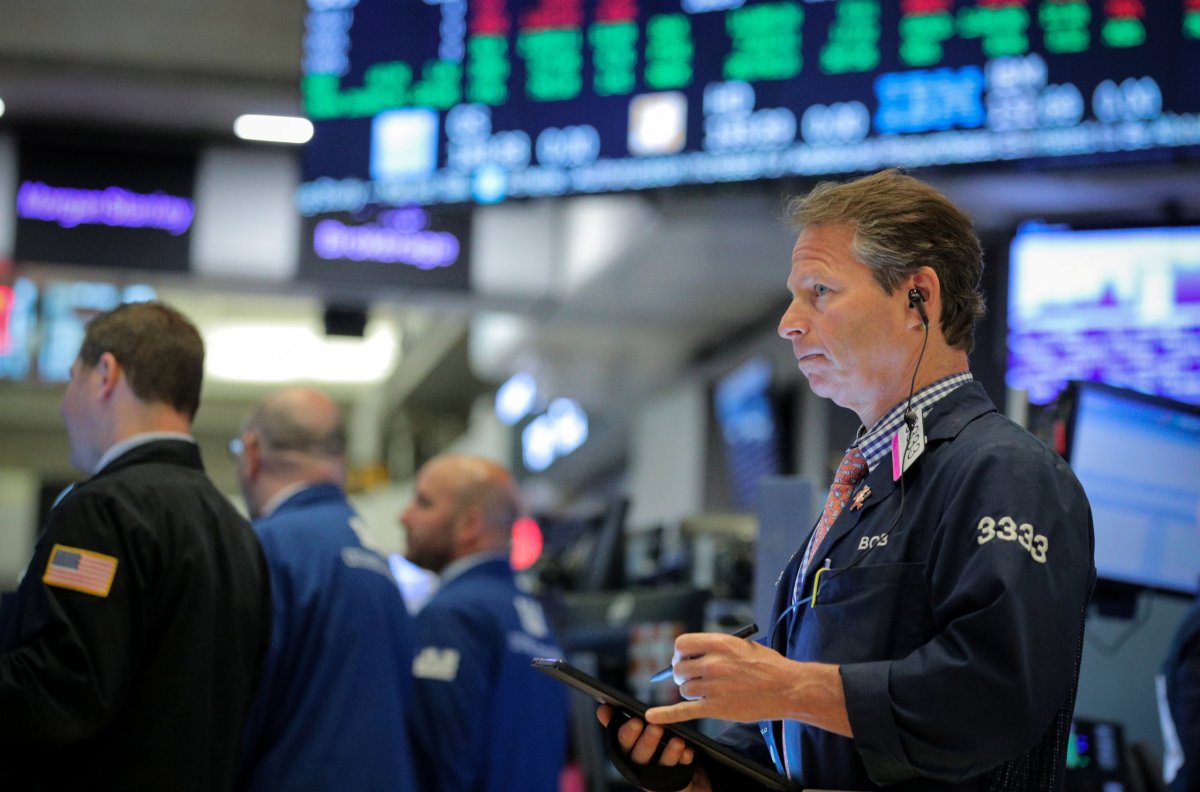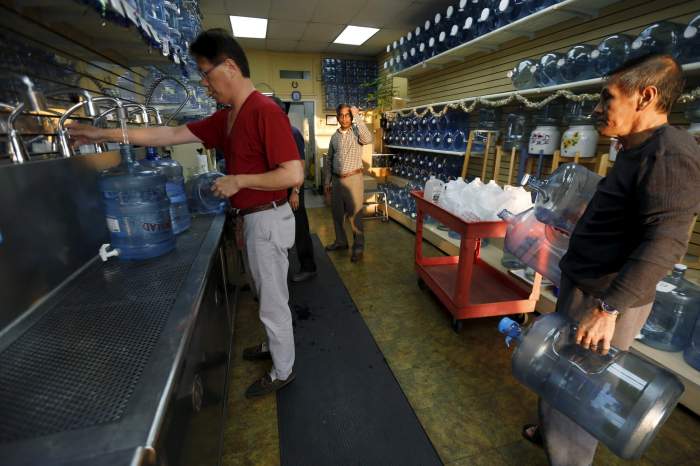By Sinéad Carew
NEW YORK (Reuters) – Wall Street’s major indexes rose on Wednesday as investors bet on a Federal Reserve interest rate cut after weak private sector jobs data and on optimism that the United States and Mexico would reach an agreement and avoid new U.S. tariffs on Mexican goods.
The gains extended Tuesday’s rally after Fed Chairman Jerome Powell indicated that a rate cut was possible. Other U.S. central bank officials also hinted that they may have to react to the U.S. trade wars, boosting rate cut hopes.
The AD National Employment Report on Wednesday further bolstered bets for a rate cut. U.S. private employers hired at the slowest pace in more than nine years in May, weakness that analysts blamed on the heightening global trade tensions.
The data comes ahead of the more comprehensive non farm payrolls from the Labor Department on Friday.
Investors were also encouraged after President Donald Trump said he thinks Mexico wants to reach a deal to stop a new trade war. A White House trade adviser and a senior U.S. Republican senator also predicted that Washington might not introduce proposed tariffs.
A Mexico deal “would alleviate one of the risks that lurk out there,” said Mark Lucchini, chief investment strategist at Janney Montgomery Scott in Philadelphia.
In addition, he said, “You have a little spillover from yesterday’s enthusiasm around the anticipation that the Fed may be more responsive to adjusting monetary policy.”
At 2:58 p.m. ET, the Dow Jones Industrial Average rose 167.58 points, or 0.66%, to 25,499.76, the S&P 500 gained 16.93 points, or 0.60%, to 2,820.2, and the Nasdaq Composite added 28.26 points, or 0.38%, to 7,555.38.
The market was ripe for a rally, according to Lucchini, because of a more than 6% decline in the three major indexes in May when fears of a global slowdown resurfaced due to a flare-up in U.S.-China trade tensions.
But he was cautious about the sustainability of Wednesday’s advance because investors appeared to be favoring defensive sectors such as utilities, real estate and consumer staples rather than riskier sectors.
“You’d want to see materials, energy, industrials, financials leading the rally,” he said. “I’d be reluctant to chase this rally because it might just be a snapback rebound.”
Utilities were up 2.4%, real estate rose 1.8%, and consumer staples gained 1.1%, making them the top gainers among the S&P 500’s 11 major sectors.
The technology sector rose 1% and provided the biggest boost to the market, helped by Apple Inc and Microsoft Corp. Salesforce.com Inc advanced 3.4% after the cloud-based service provider forecast full-year results above expectations.
The energy sector slipped 1.3% drop, making it the weakest of the S&P sectors, as crude prices fell sharply.
Campbell Soup Co was up 9%, making it the biggest percentage gainer on the S&P 500, after the soup maker raised its full-year profit forecast.
Advancing issues outnumbered declining ones on the NYSE by a 1.00-to-1 ratio; on Nasdaq, a 1.50-to-1 ratio favored decliners.
The S&P 500 posted 63 new 52-week highs and seven new lows; the Nasdaq Composite recorded 66 new highs and 94 new lows.
(Reporting by Sinead Carew; Additional reporting by Medha Singh and Amy Caren Daniel in Bengaluru; Editing by Anil D’Silva and Leslie Adler)



















